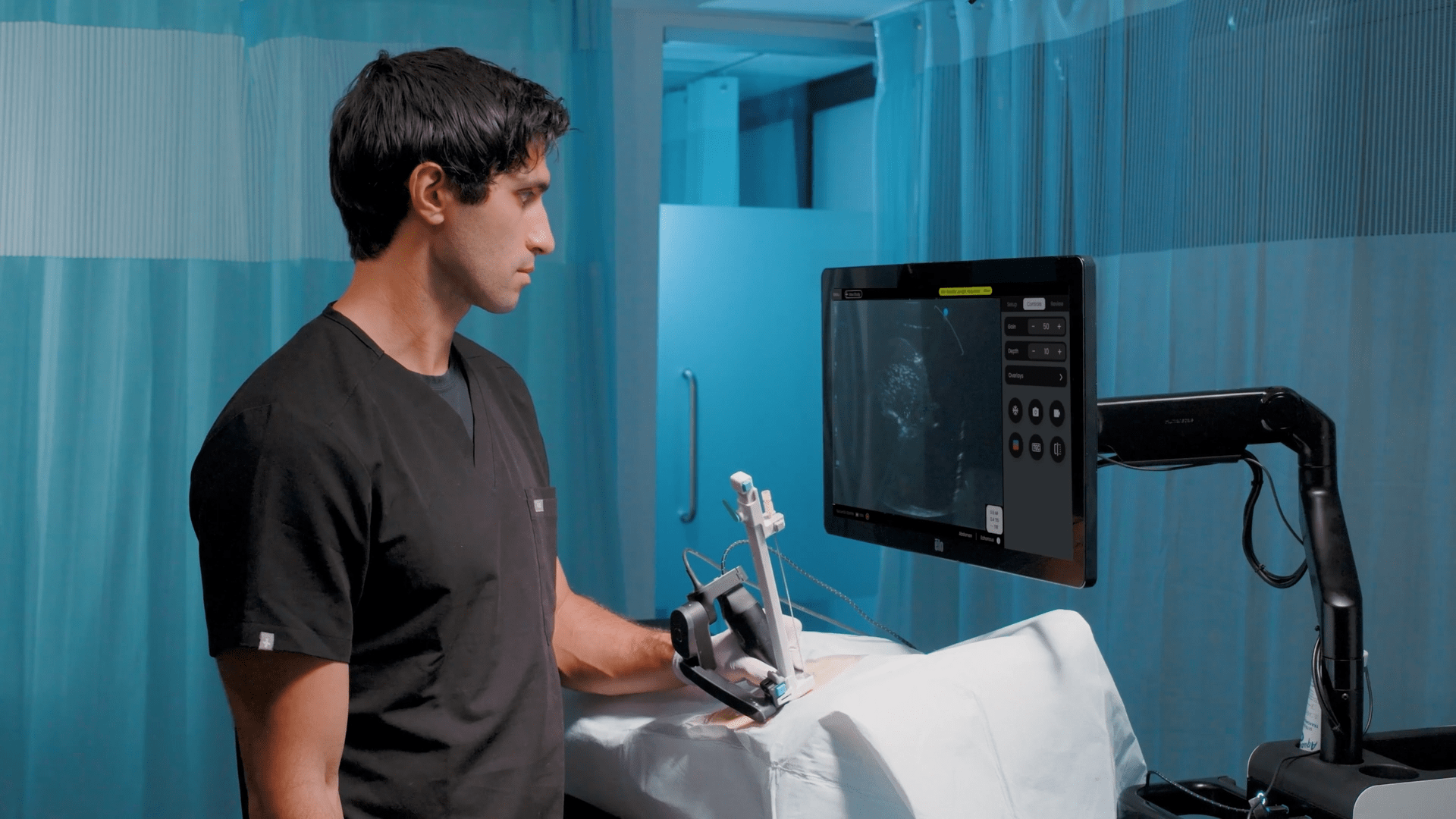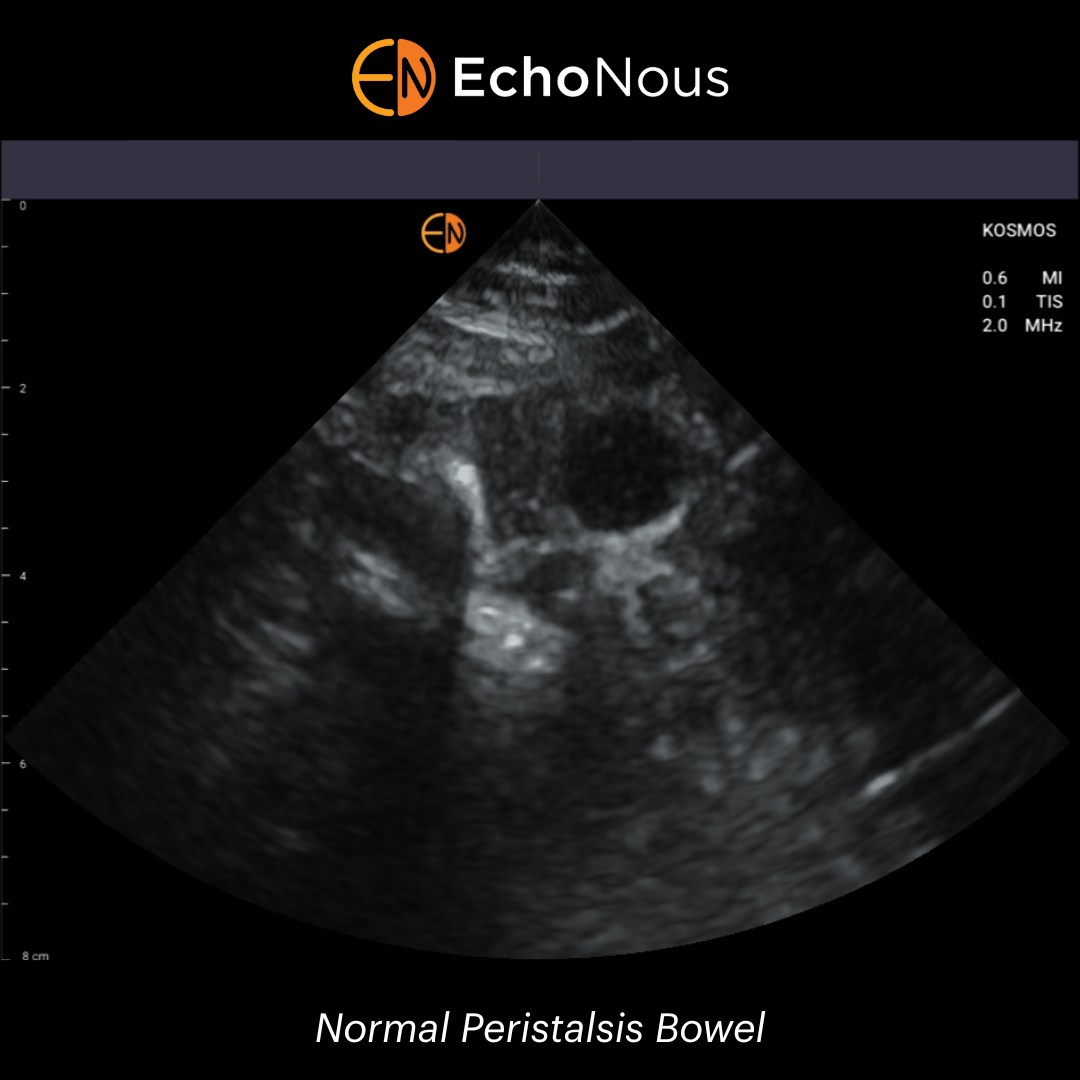Recent Posts
-

EchoNous and Mendaera
EchoNous Partners with Mendaera to Revolutionize Image-Guided Intervention REDMOND, Wash. and SAN MATEO, Calif., Oct. 08, 2024 (GLOBE NEWSWIRE) — EchoNous, a pioneer in portable ultrasound technology, has announced a commercial partnership with Mendaera, a…
-

The EchoNous Guide to Ultrasound-Guided IV Access
The EchoNous Guide to Ultrasound-Guided IV Access Ultrasound-Guided IV Access: A Modern Standard of Care Ultrasound-guided intravenous (IV) access has emerged as a critical advance in vascular access techniques, offering a safer, more effective alternative…
-

Bowel Ultrasound for Family Physicians
Bowel Ultrasound Complete Guide for Family Physicians to Master IBD Care GIT complaints are very common in family medicine. Bloating, diarrhea, and abdominal pain are the main symptoms indicating the presence of an inflammatory bowel…
-

What You Need to Know Before Using a Handheld Ultrasound
What You Need to Know Before Using a Handheld Ultrasound Point-of-care ultrasound (POCUS) has revolutionized how healthcare providers deliver bedside imaging, offering unparalleled convenience and portability. Handheld ultrasound devices are now widely used across specialties…
